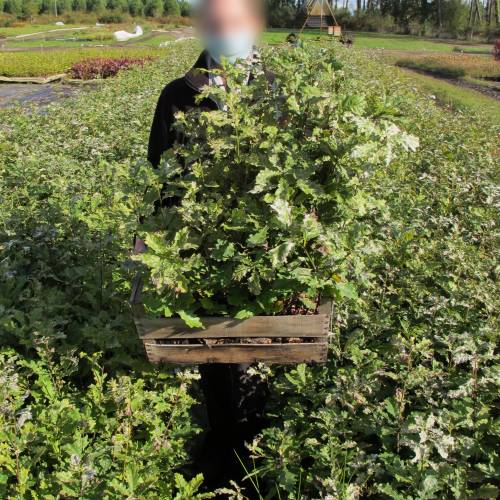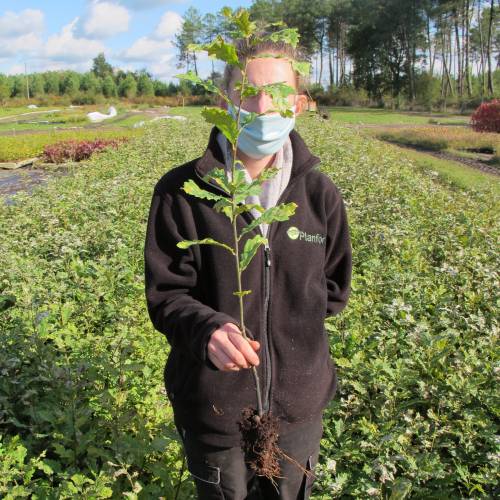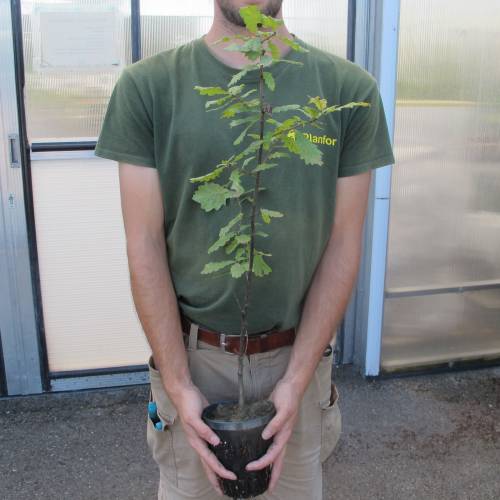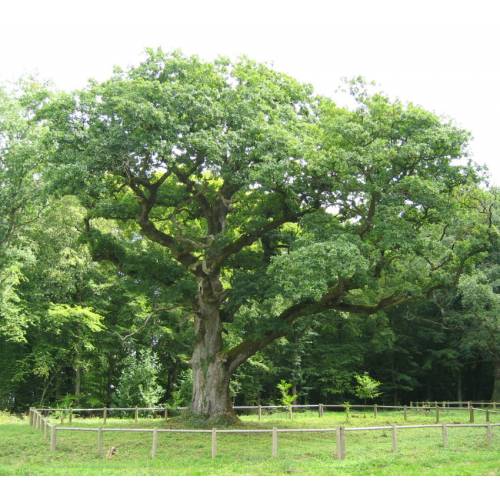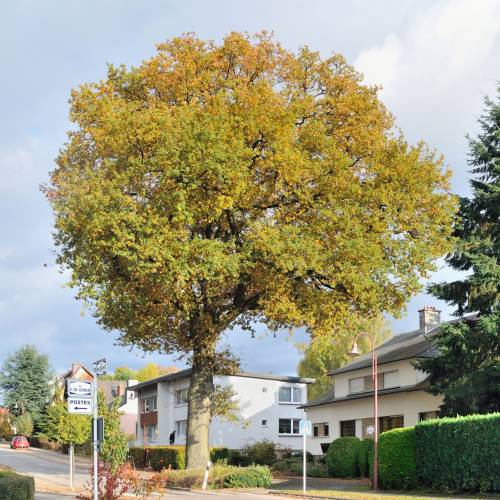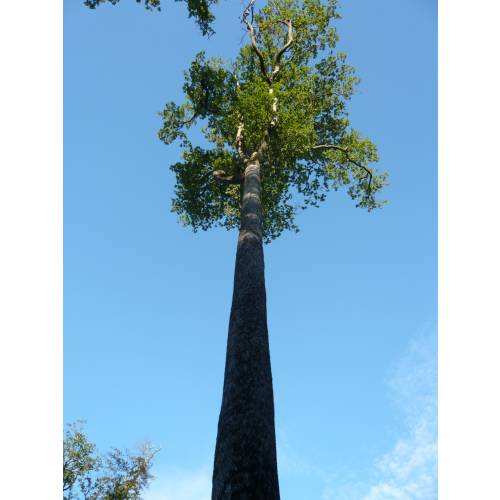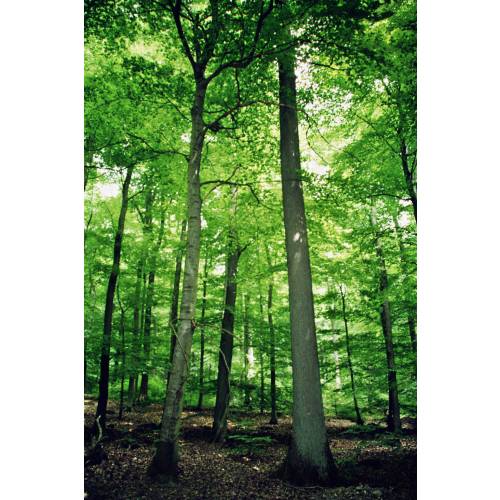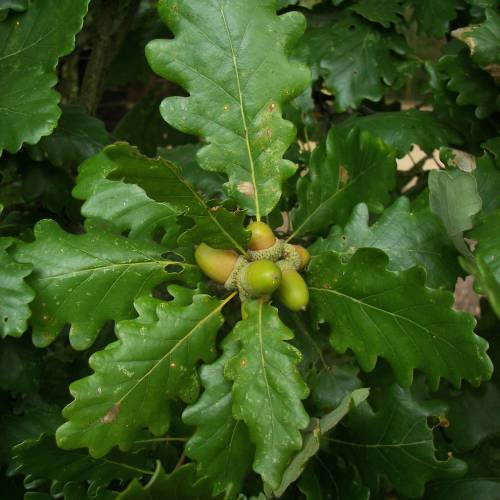
Plants
Oak, sessile / Quercus petraea
-
72.28 € Sessile oak - Quercus petraea
2045X - Available
-
67.08 € Sessile oak - Quercus petraea
2045Y - Available
-
61.88 € Sessile oak - Quercus petraea
2045n - Available
-
56.68 € Sessile oak - Quercus petraea
2045p - Available
-
13.00 € Sessile oak - Quercus petraea
2045Q - Available
-
12.43 € Sessile oak - Quercus petraea
2045r - Available
-
11.39 € Sessile oak - Quercus petraea
2045R - Available
-
10.35 € Sessile oak - Quercus petraea
2045Z - Available
-
5.50 € Sessile oak - Quercus petraea
2045KI - Available
-
4.95 € Sessile oak - Quercus petraea
2045KJ - Available
-
3.95 € Sessile oak - Quercus petraea
2045KK - Available
-
2.89 € Special Offer - 45%
2045KX - Available
-
2.29 € Sessile oak - Quercus petraea
2045KL - Available
-
2.28 € Sessile oak - Quercus petraea
2045HB - Available
-
2.26 € Sessile oak - Quercus petraea
2045F1 - Available
-
1.79 € Sessile oak - Quercus petraea
2045KM - Available
-
1.78 € Sessile oak - Quercus petraea
2045HC - Available
-
1.76 € Sessile oak - Quercus petraea
2045F2 - Available
-
1.49 € Sessile oak - Quercus petraea
2045KN - Available
-
1.48 € Sessile oak - Quercus petraea
2045HD - Available
-
1.46 € Sessile oak - Quercus petraea
2045F3 - Available
-
1.29 € Sessile oak - Quercus petraea
2045KO - Available
-
1.28 € Sessile oak - Quercus petraea
2045HE - Available
-
1.26 € Sessile oak - Quercus petraea
2045F4 - Available
-
1.19 € Sessile oak - Quercus petraea
2045KP - Available
-
1.18 € Sessile oak - Quercus petraea
2045HF - Available
-
1.16 € Sessile oak - Quercus petraea
2045F5 - Available
-
0.00 € Sessile oak - Quercus petraea
2045L - Available
-
Area of origin : Europe.
Adult Dimensions : Height up to 40 m (131'), width up to 25 m (82').
Foliage : Deciduous.
Soil Type : Avoid soil that is too poor, too wet or too dry. It can cope with very dry summers better than the Pedunculate Oak.
Hardiness : Hardy to -28°C.
Exposure : Full sun.
Properties and uses:
Its growth slower than the pendunculate oak, this big and beautiful tree is one of the essential trees of the French forests. Places such as Tronçay, Bercé, Chambord have magnificent examples of great age. Its wood is much sought after for its engineering qualities and for its colour, this explains one reason why it is so important in forestry. It is also planted widely in parks and gardens alone or in rows. The acorns grow directly on the branches.
Plant, or reforest Sessile Oak, Durmast Oak, Quercus petraea, Quercus sessiliflora – Foresters Guide
1) The Sessile Oak, Durmast Oak (Robinia pseudo-acacia) is it suitable for my land? The Sessile Oak grows in areas where the temperatures are between 8 and 12°C. It demands an annual rainfall of 600mm, but above 700 – 750 mm it is replaced by the Beech. In some regions, its early bud breaking makes it sensitive to late frost. Then, damages are done to the young shoots, the leaves and the flowers, which brings a spacing out of the fruiting period, going from 2 to 3 years in the west, and from 7 to 10 years in the east.
Concerning the soil conditions, the Sessile Oak grows in calcicolous to acid-loving soils, even in dry and sunny ones. But it prefers non carbonate, acidic to neutral soils. In the most acidic soils, it regenerates easily but produces a wood of lesser quality with frequent winter injuries in a cold climate. It does not tolerate permanent water logging.
2) Which planting density for my Sessile Oak, Durmast Oak plot? (Quercus petraea, Quercus sessiliflora)
The planting density is the number of plants planted in one hectare (acre). Here it means determining the initial number of young plants and to choosing their repartition in the available space.
The planting density is defined by the gaps in between the lines as well as the spacing in between each plant on a same line.
It is the basics of the silvicultural path which must lead to a final trees’ population of quality and to the fulfilment of the land’s owner set goals.
Advice: When choosing the density, think about the width of the tool which will allow the maintenance of the gaps in between the lines. The space in between the lines must allow clear passage for a tractor-drawn, maintenance tool.
For the Sessile Oak (Quercus Petraea):
- For a classical forest programme the density can be of 1200 to 1600 plants/hectare.
- The Sessile Oak bears the competition, it has a good behaviour when in a dense forest. The successive thinning (an average of every 8 to 15 years), will enable to select about 100 beautiful trees per hectare.
3) How to prepare the soil to plant Sessile Oak, Durmast Oak (Quercus petraea, Quercus sessiliflora)?
In Silviculture, working the soil is a key element in the success of planting. The root system of the tree must take rapidly where planted. Whether the work is done mechanically or manually, we recommend working the soil in its depth for optimum planting.
4) How to plant the Sessile Oak, Durmast Oak (Quercus petraea, Quercus sessiliflora)?
a- Receipt, storage and preparation of the plants before planting
- Upon receipt, place the crates side by side, on a flat surface so as there is no air circulation underneath. Choose a shady spot protected from wind;
- Maintain a good humidity level of the plants on the crates placed on the edges,
- Plan for the possibility of watering if planting is delayed or if the plants require water,
- In case of frost, do not handle the plants and if frost is forecasted for several days, place mulch on the edges.
b- Planting
Our team of professional planters use a planting cane to place the earth-balled plants in situ. This ergonomic, light tool allows quality, quicker planting work. It is also possible to carry out a traditional planting work using a pickaxe or a spade
In all case, you must:
- Dig a hole a little bit larger than the earth-ball ;
- Position it well in the hole;
- Cover it entirely;
Finally, the worker will tamp down the soil carefully with its foot. It is forbidden to press strongly or again to heel-butt the plant to avoid crushing the earth-ball and damage the root system of the plant.
Video on planting using a planting cane
Buy Planting cane
5) How to limit weeds on my Sessile Oak, Durmast Oak plot (Quercus petraea, Quercus sessiliflora) ?
During the first years, it is essential to eliminate all self-propagating plants. Not controlled they are going to be in competition with your plants and are going to deprive the young trees of the vital elements they require to grow (water, light and nutritional elements). You must therefore eliminate mechanically this unwanted competition until the trees are big enough to be able to dominate it.
Two types of operations are possible after planting:
Manual clearing around the plants
It is in fact acts often carried out using portable thermic Strimmers or billhooks to clear plants on a line or around the plants themselves.
Mechanical clearing of the space in between the lines
These actions are done using cutters and flail mowers, horizontal or vertical cutters, mounted on mini excavators or tractors. As a result, they cannot be undertaken outside the spaces available between the tree lines (seedlings or plants).
6) How to protect my young False Acacia plants from wildlife (Quercus petraea, Quercus sessiliflora) ?
There is a necessity to protect the plot as soon as the population’s density of Cervidae (deer and roe deer in particular) risk leading to significant damage such as undergrowth of the plants or friction of the stems. Sometimes, the setting up of plants’ protection is also necessary as soon as the rodents’ population (rabbits, hares, coypu, voles...) are locally important.
3 types of protections are possible:
- Individual, mechanical Protections ( dissuasive netting, photo-degradable tubes,...)
- Protection by total wire-fencing of the plot,
- Protection by applying a repellent on each plant or on the borders of the plot.
Catalogue Protections against Game -
-

Current plants promotions
377 products -
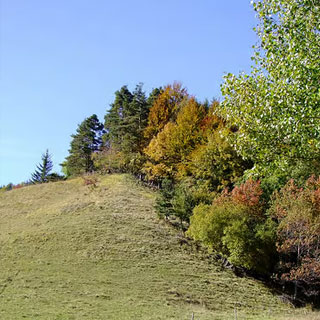
Forest Edge
28 products -
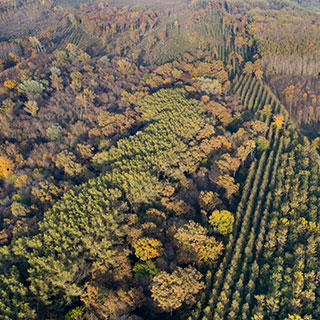
Forest Tree Seedlings
53 products -
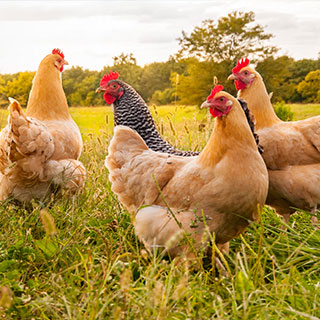
Free-range chickens
34 products -
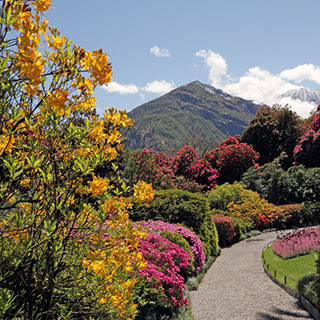
Mountain Gardens plants
194 products -

Oak Trees
44 products -
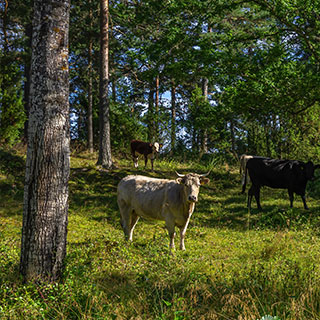
Plants for agroforestry
120 products -
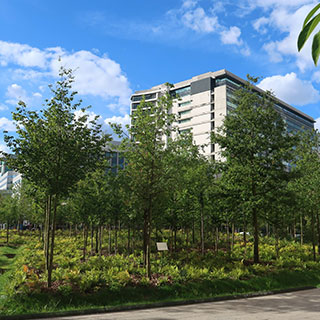
Plants for urban micro-forests
65 products -

Trees, Mature Trees
153 products -
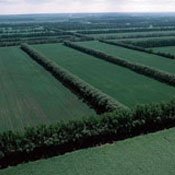
Windbreak Hedge
25 products
-

